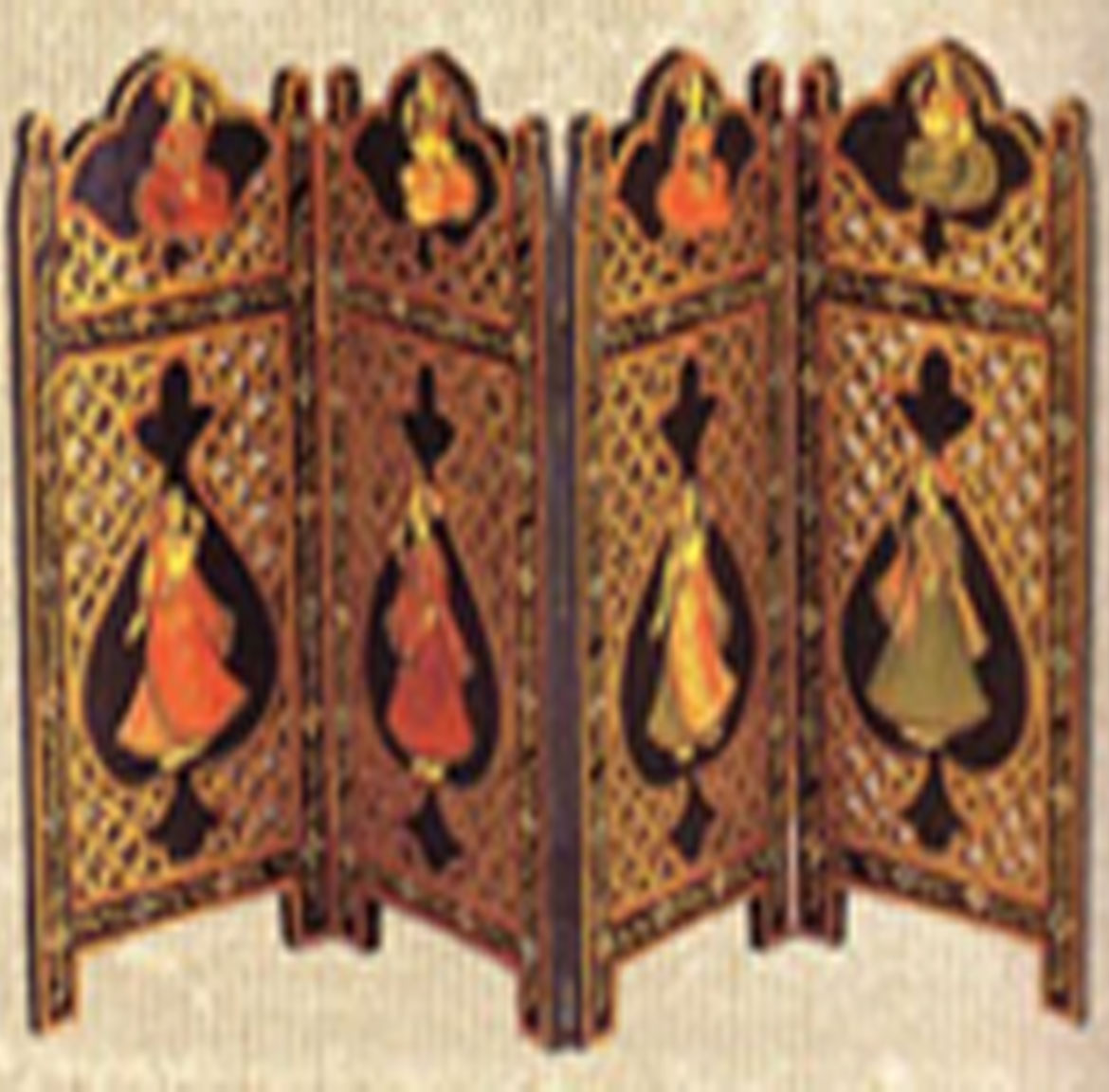Introduction
Crafts of India
Crafts are the indigenous creation of rural folk of villages and small towns. Art and craft have been with man since his early existence. They are the result of centuries of patient experience of man under many circumstances. These have a tradition that remain unchanged and unaffected and have been passed down from generation to generation. Traditional forms and decorations may be transformed to meet taste and needs of people of that time. They add variety by giving different patterns, designs and colours. These hand made articles have a beauty of their own. Today, in most places handicrafts have either died out or, are in a stage of decay due to emergence of the machine product.
Bamboo Crafts & other
Bamboo crafts and art of basket weaving existed even earlier to making pottery. Nomadic food gathering cultures wove reeds together to prepare baskets. Later, a variety of articles of bamboo and basketry for domestic use and for ritual purposes was made. Special patterns peculiar to local traditions, techniques and availability of material came up.
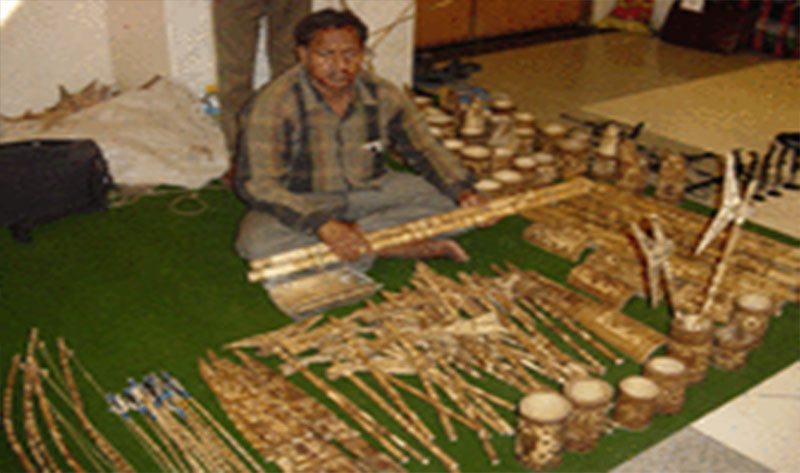
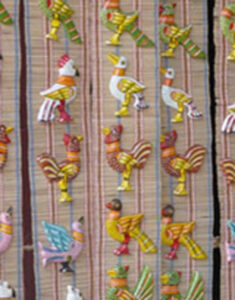
Fibre Crafts
Fibre crafts developed particularly in southern India by using banana, sisal, aloe, screw pine and coconut fibre. The portion of the plant which remained below the water level also utilized The fibre counter covering are scraped with a knife and then woven on a simple loom made of wood and bamboo poles. The items produced seats ,mats and cushions. The women turn out items like toys, table mats and bags for many uses. A variation of reeds and fibres is pith which is used to make models of temples and beautiful toys.
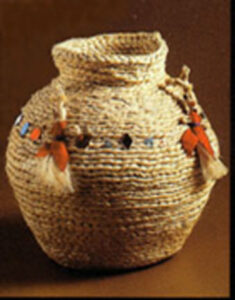
Brocade
Brocades were the most treasured designed fabric the woven in gold thread with splendid and detailed patterns in contrasting silk thread. The silks, brocade, embroidery, ivory and other luxury articles of India decorated the palaces and added splendor to the courts of Egyptian in her imperial glory. Gorgeous Indian brocade with vibrant yet subtle colours and luxuriant variety of designs are of course fancy articles easily arresting to the fashionable eye of today. Master weavers with skilled inheritance and long experience evolved designs most intricate and complex making a whole surface a dreamy fantaism.

Carpets
Carpet weaving was introduced around 1580 A.D. by Akbar. Mughal Emperor Akbar when he brought some weavers from Iran to produce Persian carpets. Carpet making thus became an important cottage industry in Agra, Delhi and Lahore (now in Pakistan), and gradually spread across India from Kashmir to Tanjore. With many colours being used the product emerges as a beautiful namda complete with floral and geometrical design.
In course of time, Jammu and Kashmir, Bhadohi and the Mirzapur belt in Uttar Pradesh came to be reckoned as the leading carpet producing centres in the country. Carpets are hand knotted on cotton or silk foundations with piles of silk, wool, mohair, cashmere or goats’ hair, and are often interwoven with silver and gold threads. Knots per square inch determine durability and value of a carpet. The life of a good carpet is over 200 years.
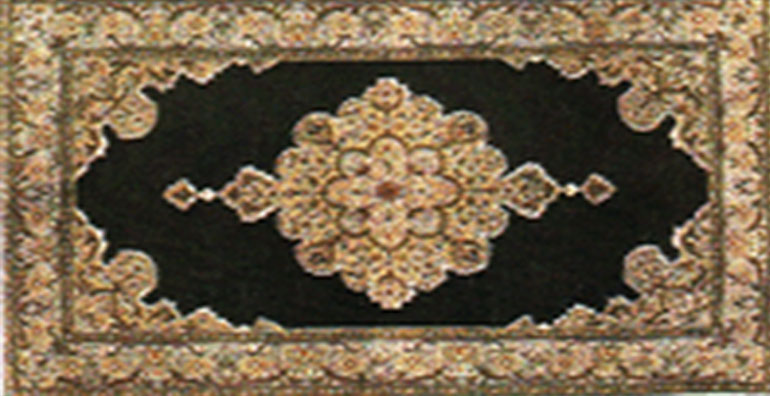
Kashmiri carpet
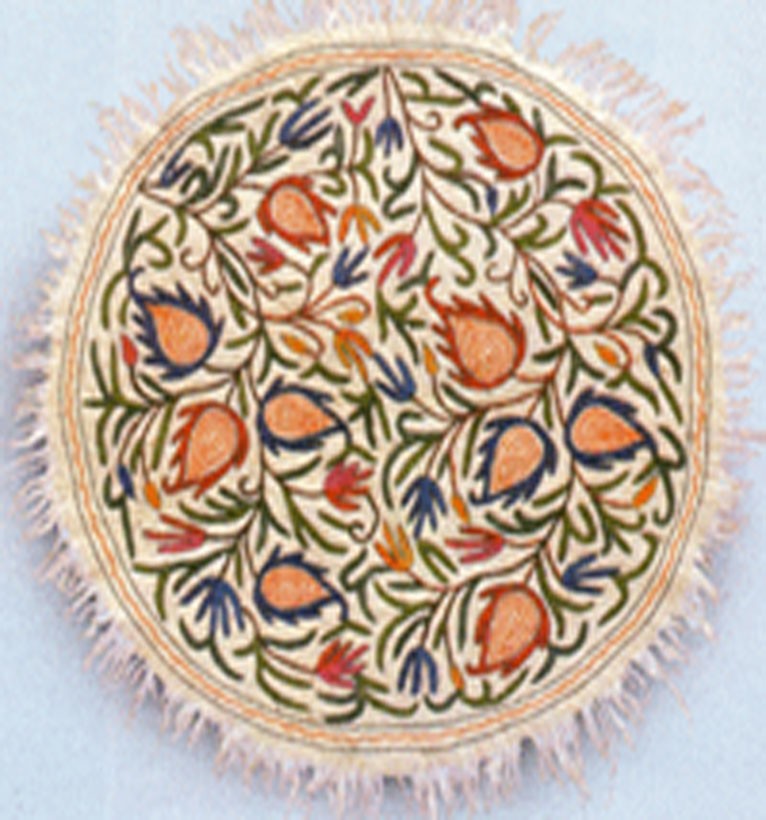
Namda
Paper Machie
The art of papier Mache is a legacy of Mughals. Paper is soaked in water till it disintegrates; it is then thoroughly pounded, mixed with adhesive solution, shaped over moulds and allowed to dry and set before being painted and varnished. Designs on products sometimes reflect life at Mughal courts and are hand painted in pure gold. The quality and artistry of this craft determines its value. Papier machie products include-coasters, candle stand, photo frame, variety of boxes, fruit bowl, ashtray, wall hanging etc. Today beautiful articles of papier mache are made in Bihar, Rajasthan Gwalier and Kashmir. Kashmir Papier machie are the best.
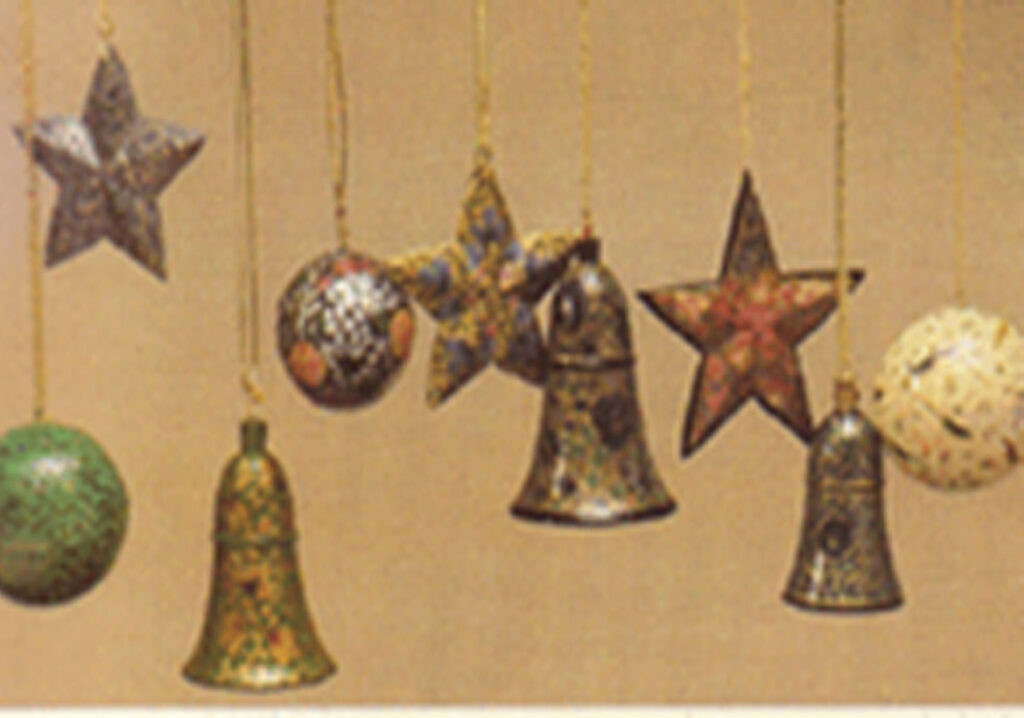
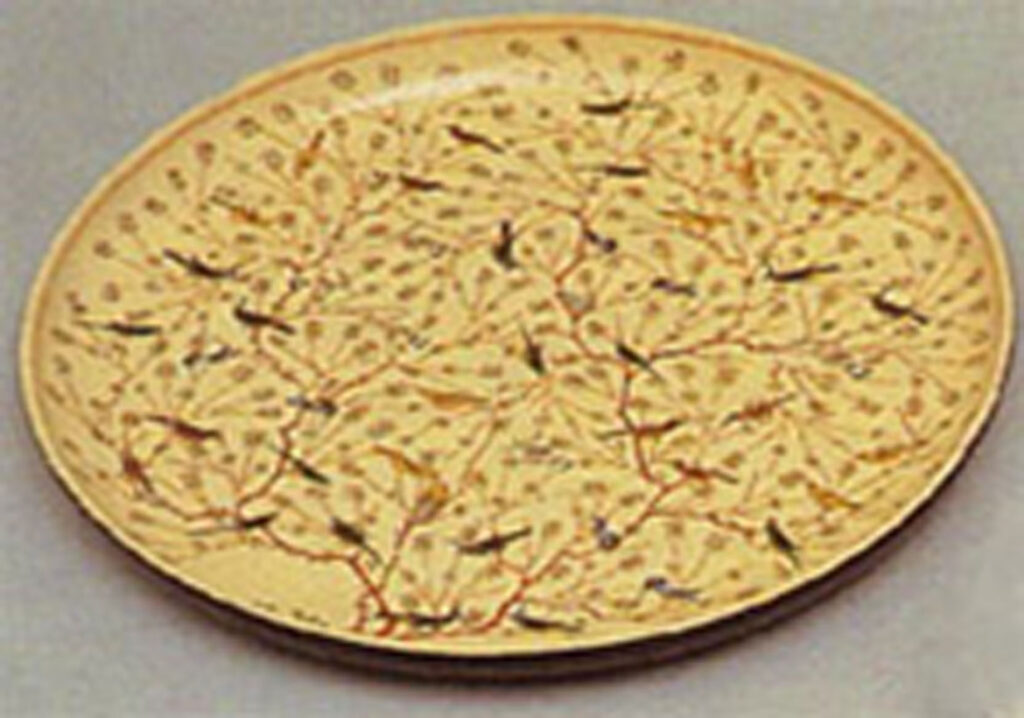
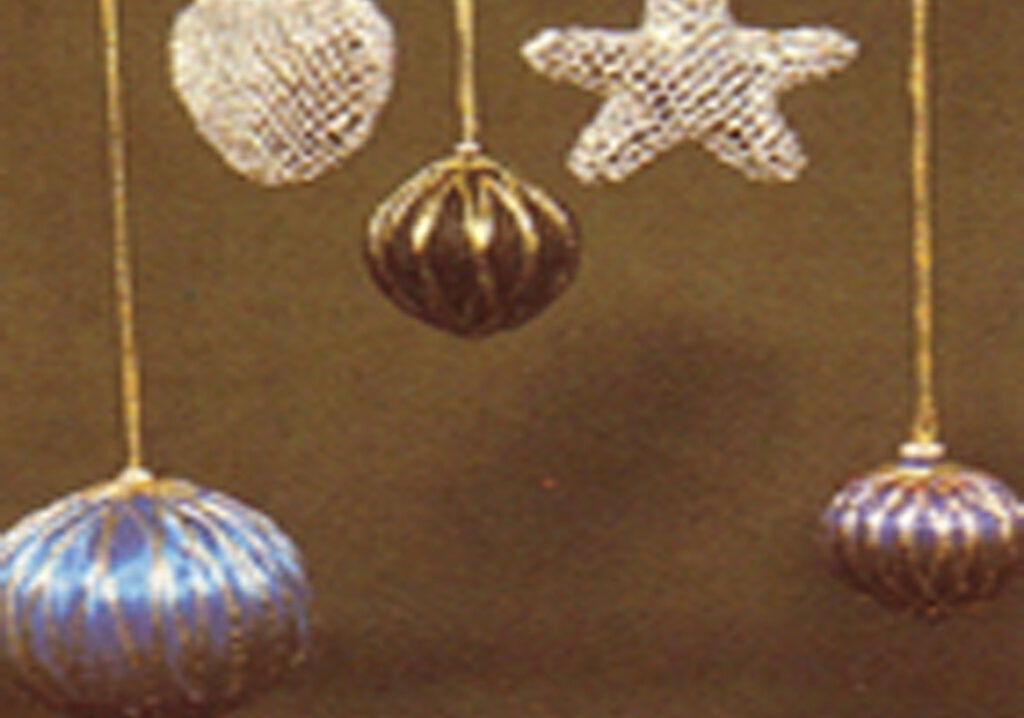
Solapith
Solapith is a kind of a very light pitha reed found in mash lands of eastern India. This material is used in West Bengal for making figurines and artistic decorations and head gear for deities in festivals. The craftsmen walakaras work with their special knives –kath – to fashion intricate objects out of it. Apart from toys and images, big and small, some solapith craftsmen also create items that form an integral part of most religious ritualism many in a form of solar – which is the ornamentation and decoration for sacred images
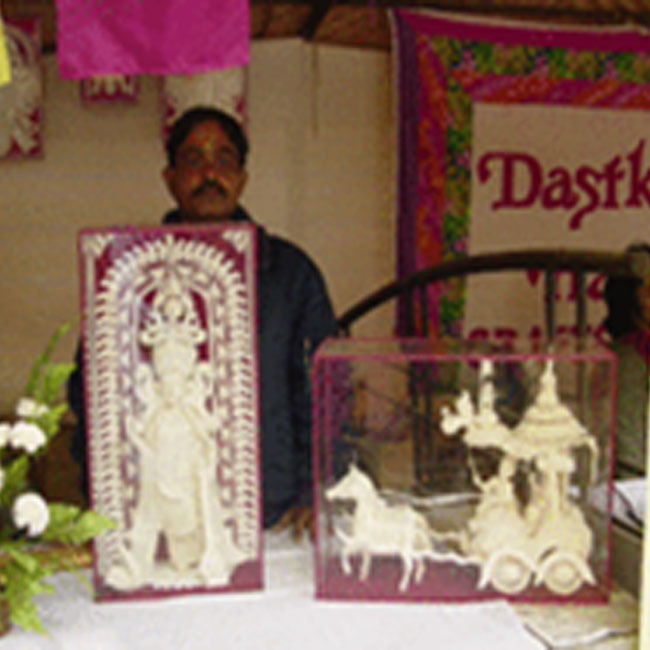
Stone Carving
The inventory under this head is endless. Carved soapstone inlaid with semi-precious stones, carved toys, painted stone items, paper holder, hand painted stoneware etc. are good as decoration pieces and also utility items.
Stone and Other Crafts(Stone Inlay)
The inventory under this head is endless. Carved soapstone inlaid with semi-precious stones, carved toys, painted stone items, paper holder, hand painted stoneware etc. are good as decoration pieces and also utility items. Ivory, blue pottery and Mother of pearl item have their own beauty.
Blue Pottery
Jaipur is known for its blue art pottery. This form of art was introduced in the first half of 19th c. Blue pottery originally came to India from Persia and Afghanistan. Jaipur artisans have learnt this art from Delhi and Multan potters. Jaipur pottery is distinctive as the base material used is not clay but quartz. Turquoise blue, green and a number of other shades like pink, yellow, green, brown mauve, grey and black have been added. Articles made are plate, vase, diyali, bowl and tiles and some more.
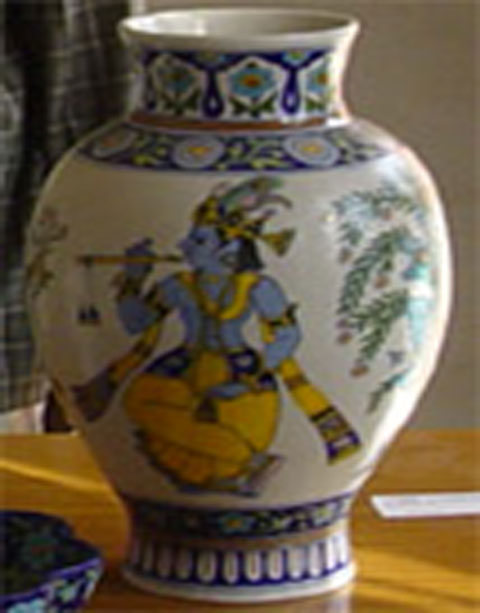
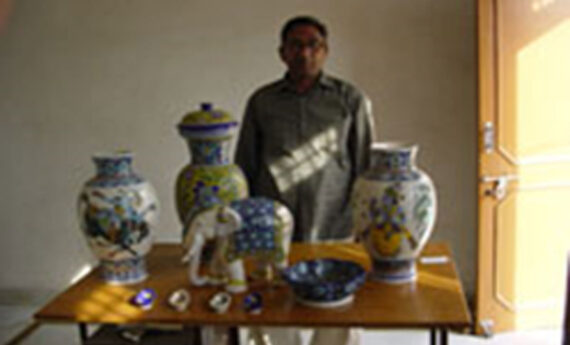
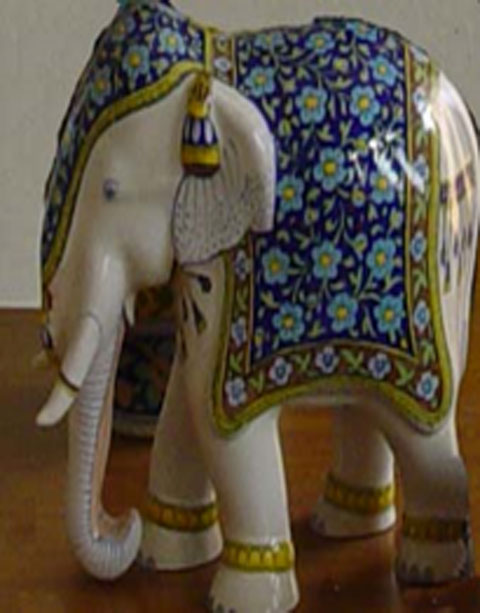
Ivory, Bone and Horn
Ivory carving is an old craft in India . A variety of items are produced at Delhi and Jaipur. Jaipur is an important center for production of ivory bangles. Few craftsmen do relief work on trinklet and pen boxes. Their specialty was in carving of animal figures like elephants, lions, camels as well as peacocks.
Engraving Mother of Pearl
Beautiful colours stylized shapes of flowers and leaves, birds and stems and the smooth woven effect of this type of decoration become a fine work of art with floral patterns utilizing mother of pearl to create. The jasmine, lily and dahlia in pastel links with their leaves and stems on marble background.
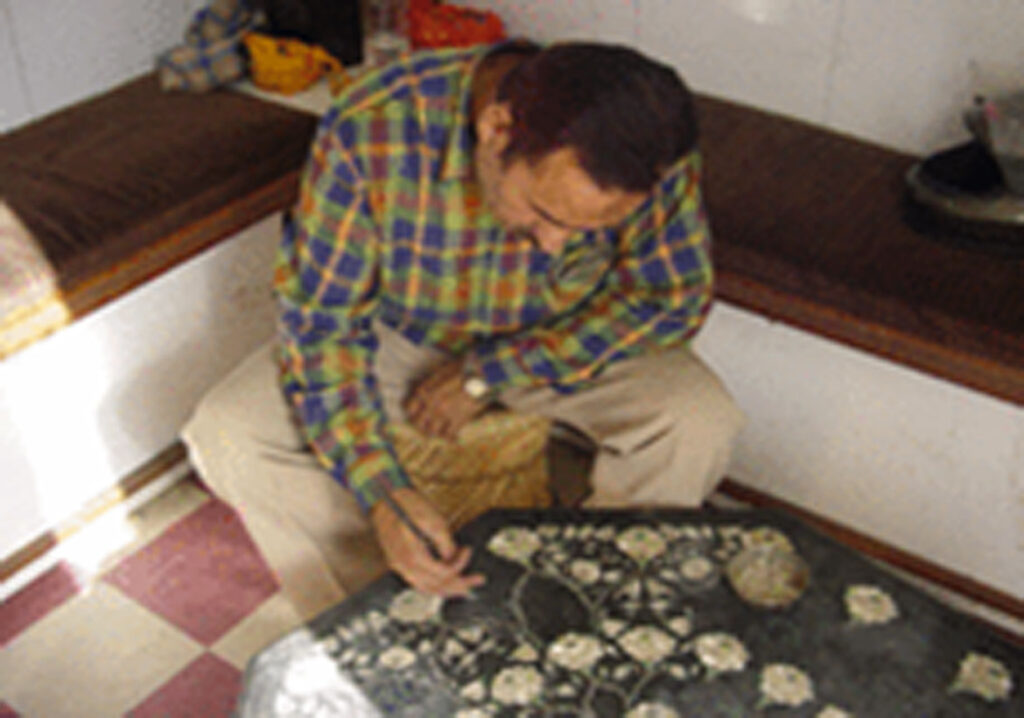
Metal Craft
Indian metal crafts have attained the standard of fine art and play an important role in religious and community life of the people. Metal ware in brass and copper has a worldwide reputation. A wide range of objects are made today by craftsmen who have developed a life time to mastering the different hand manufactured techniques, shaping casting, engraving and enameling work.
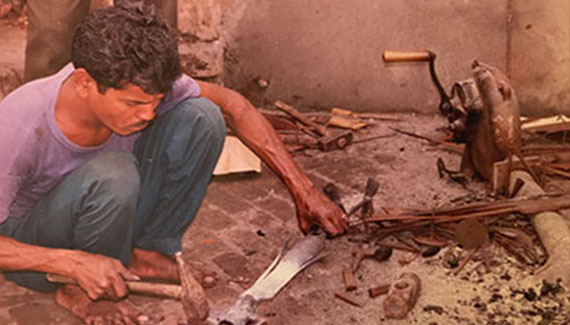
Bell Metal
Exclusive dull gold figurines and objects crafted out of bell metal, brass and bronze are known as dhokra work, produced in tribal areas of eastern and central India. They are hollow-cast votive images reflecting the archetypal dynamism of a pre- historic images. The Ghadwas of Bastar and Jharas of Raigarh practise the dhokra art with lost wax technique or hollow casting.
Bidri
Bidar’s speciality is its Bidri work that entails encrusting one metal into another in form of a wire A non-corrosive alloy of zinc, copper and other non-ferrous metals gives a contrast when inlaid on steel. It allows better polish. Each bidri article has to undergo casting, polishing, engraving, inlaying and blackening of alloy before sale. Design is drawn freehand and engraved with a chisel. Then silver wire is embedded into engraved pattern. Designs are mostly floral motifs like creepers, flowers and human figures. Products of bidri ware include vase, tumbler, plates, cigar boxes, cigarette case, ashtray, cuff links and, fruit bowls.
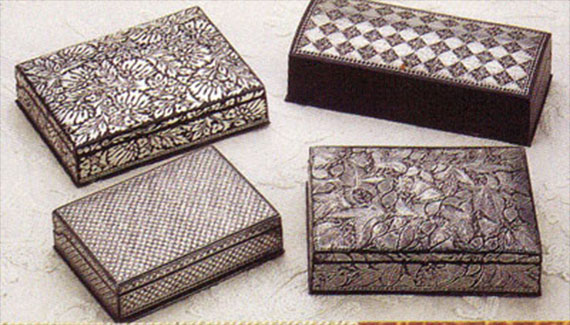
Brass
Plain brass devoid of decoration are made in large scale. Fancy articles involving chasing and engraving also made in large quantity. Dishes , bowls, and vases are ornamented by craftsman skilfully studding all over with little raised flowers out of a grand work of blackened foliated scrolls. Cast pieces having a decorative value included knockers, candle sticks, door knobs, furniture mound, warming pan, lids and buttons. Articles for religious purposes are also made and decorated with strictly traditional motifs.
Copper
The copper smith found his chief field for decorative expression in the lids and bowls where he displays his skill and inventive power in decoration. Scrolls conventional designs, flowers of all sorts were chiseled on the top surface of the lids. Sometimes figures were cut out of copper in statuette and used to embellish in other metals.
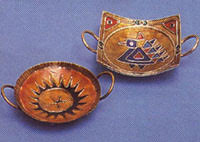
Rought Iron
Art work with iron is a speciality of Chhatisgarh,. The dark and elegant rawness of metal artefacts and figurines is a reflection of its creator’s imagination and skill. The very essence of Chattisgarh – its simplicity and tradition is unveiled in the gamut of artistic expression of its people on iron craft both cast and wrought by the craftsmen in various decorative devices. The symbolic relationship of tribal with nature allows them to draw raw material from the ore-rich mines in the Chirandongri region or by prudently recycling scarp iron.

Silver
Gold and silver are used by limited and rich people and the production in limited compared with other metals. Mughals brought craftsmen to India to establish a great tradition in gold smithy. The numerous styles and techniques they introduced in gold smithy are still inspiration to the craftsmen.
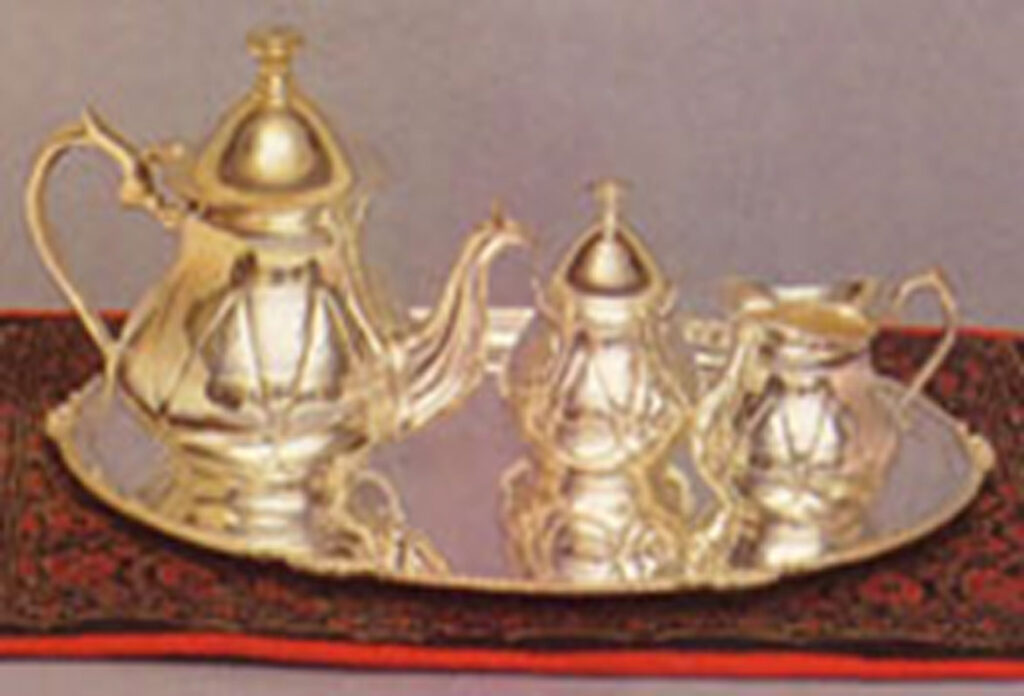
Mixed Metal Brass
Mixed metal art is unique. Gun metal, copper, white metal, bell metal wrought iron etc are otherwise plain metals. Once in the hands of artisans of Moradabad, Hyderabad, Chhatisgarh etc they are transformed into an assortment of outstanding decorative masterpieces.
Wood Work
The tradition of wood carving is old. The style of carving is original and in no way indebted to any influence from outside. Wood carving is done in architecture as well as in making furniture and household utensils. The beauty of carving, apart from craftsmanship, style and designs depends also on the texture of timber. Sheesham, deodar, sal, rohira, sandal, ebony, walnut, teak and veeti are the common varieties of timber available in India
Wood as base, combined with various metals, are transformed into an assortment of outstanding decorative masterpieces. Sometimes it is combined with brass, mother of pearl, bone, silver, semi precious stone, becomes exquisite as decoration items. Lacquered ware elegantly shaped with rich floral patterns standing out in their gold and silvery brightness.
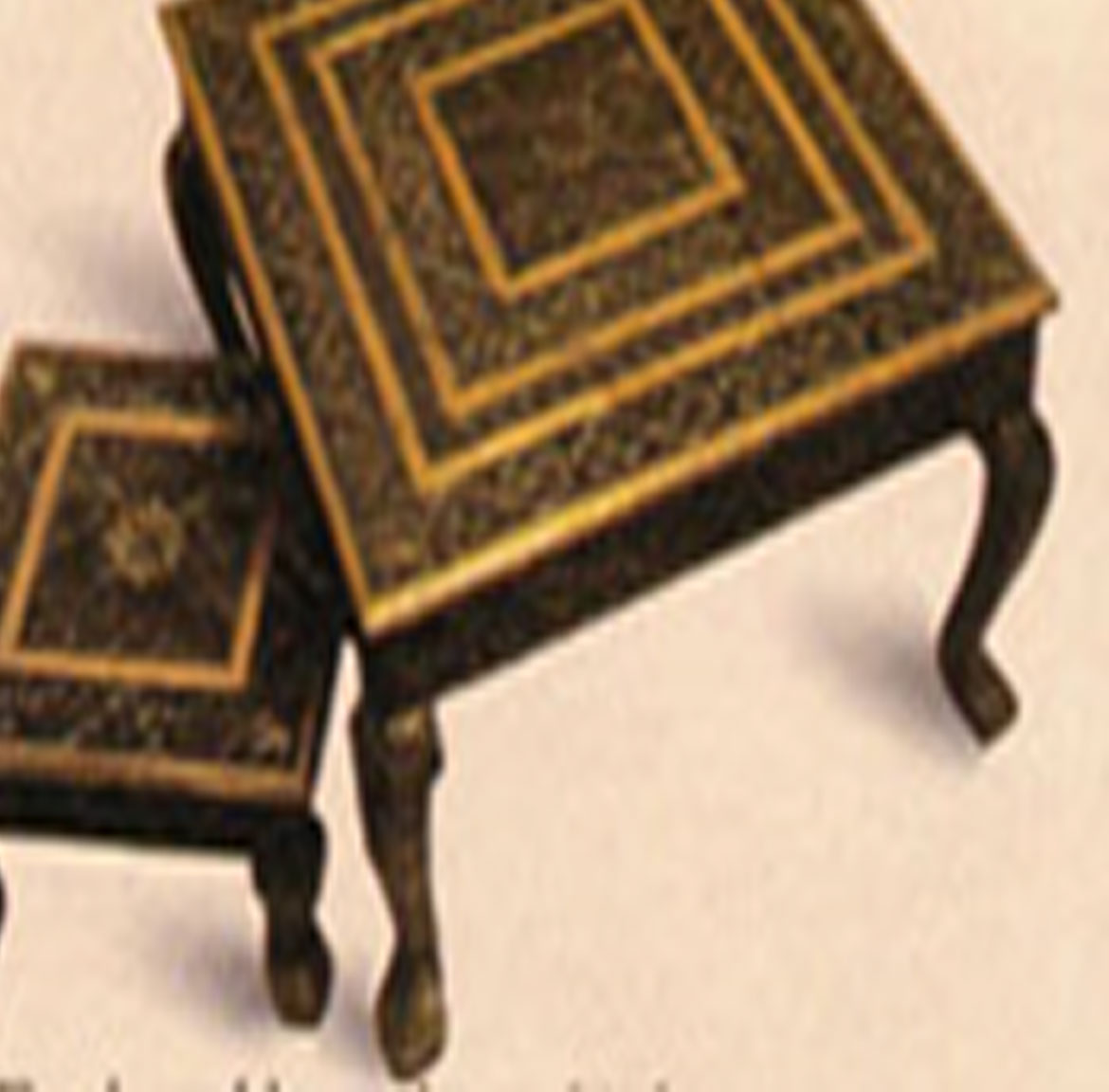
Cooper inlay
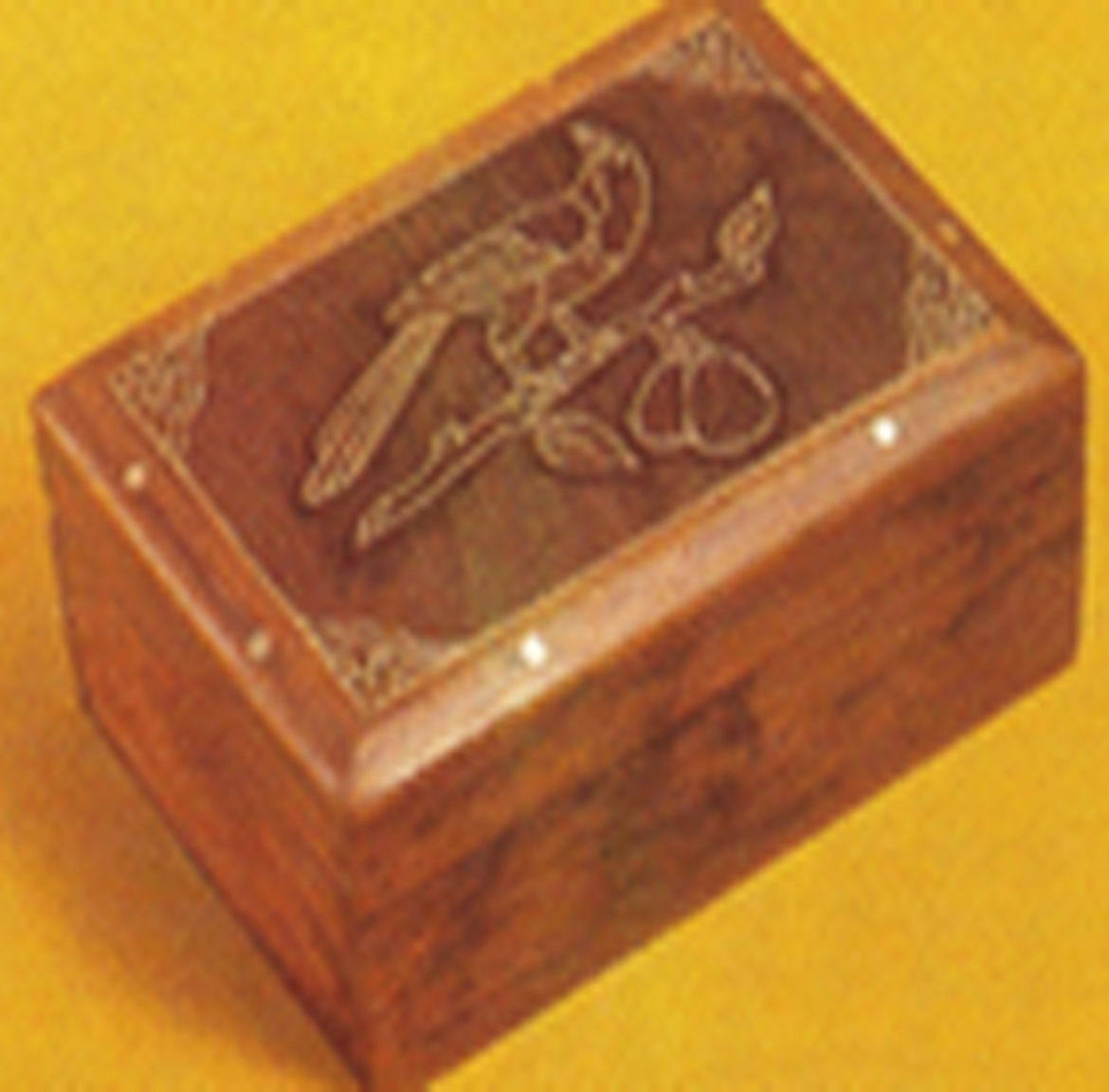
Veneering
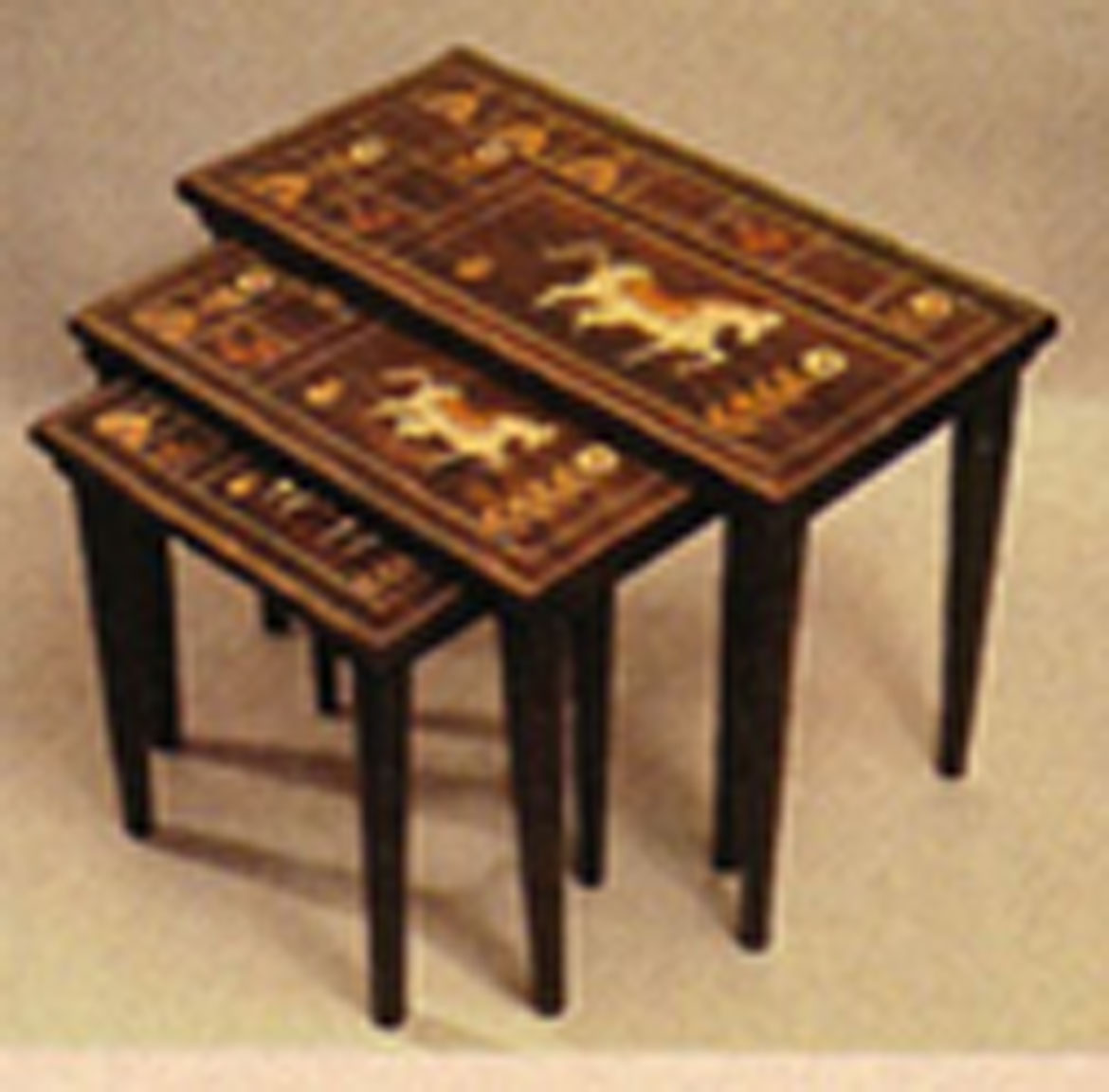
Applique work
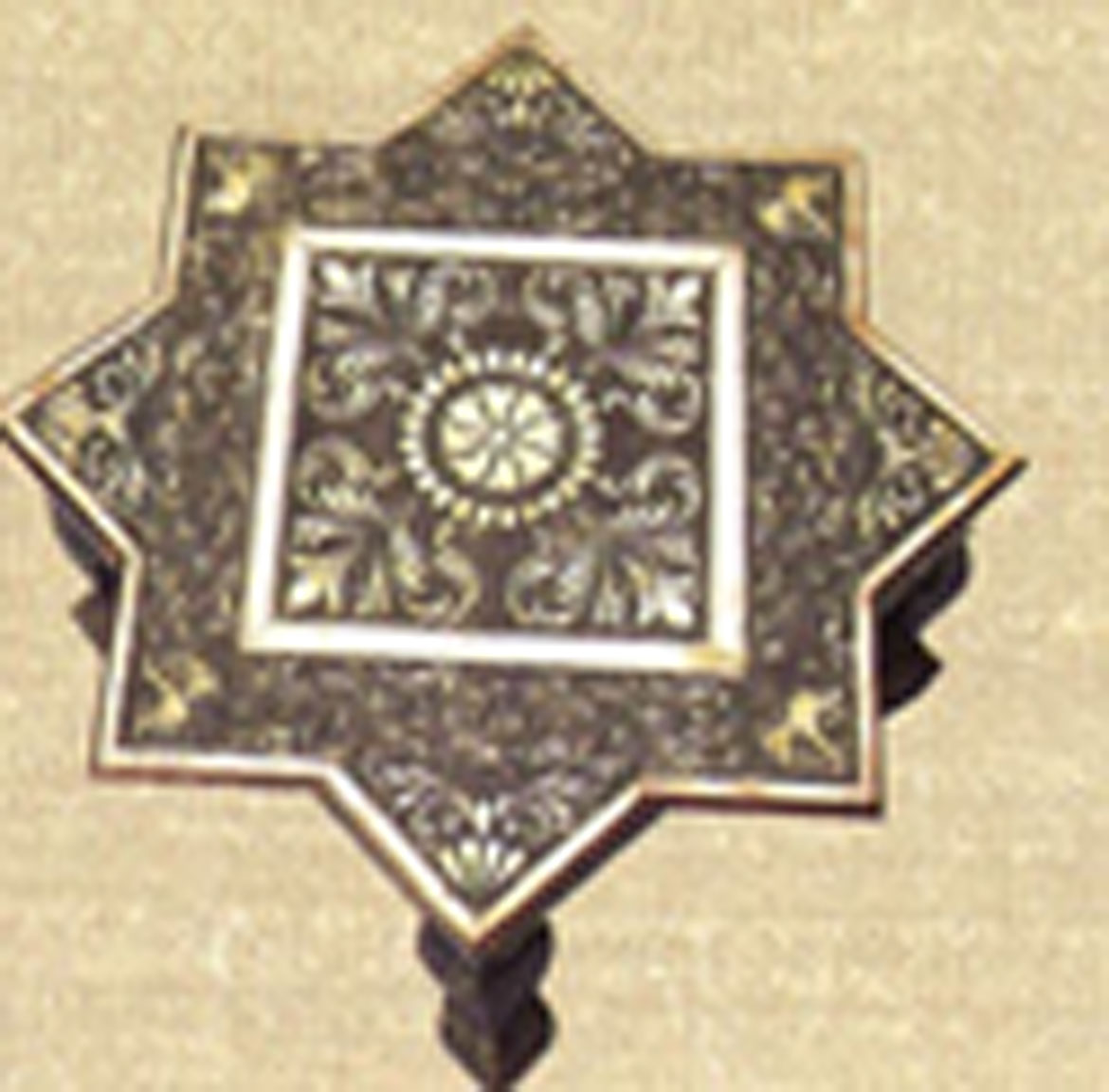
Bone Engraving
